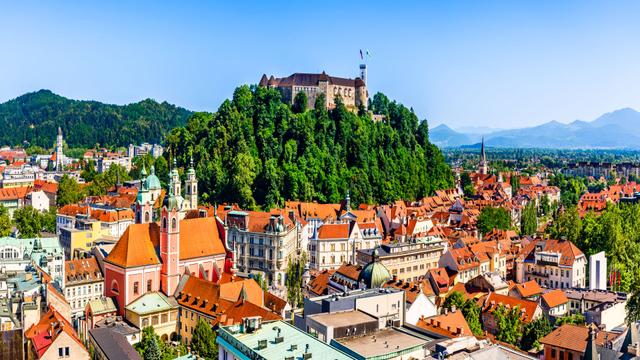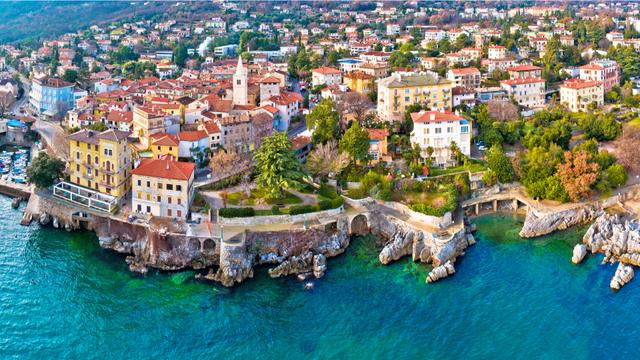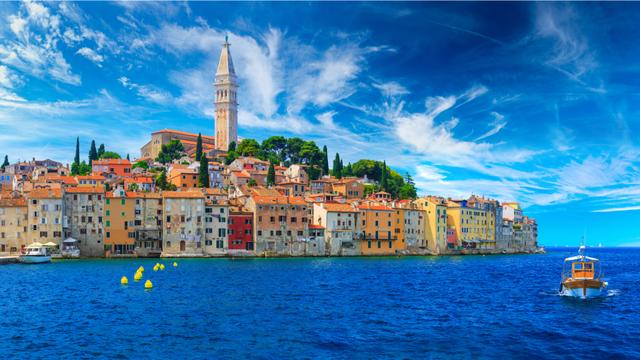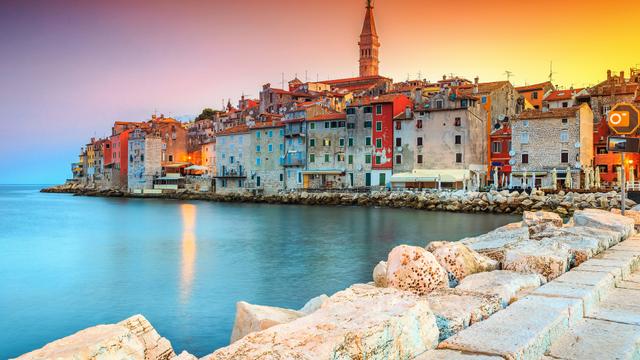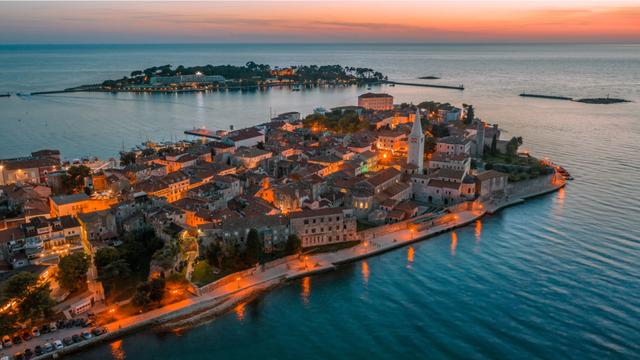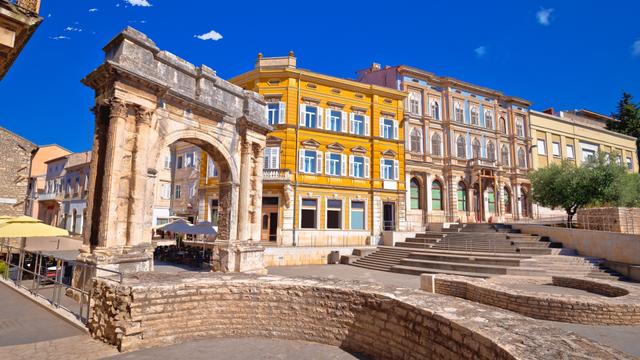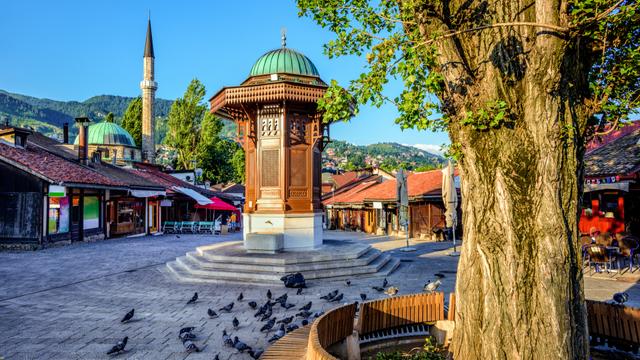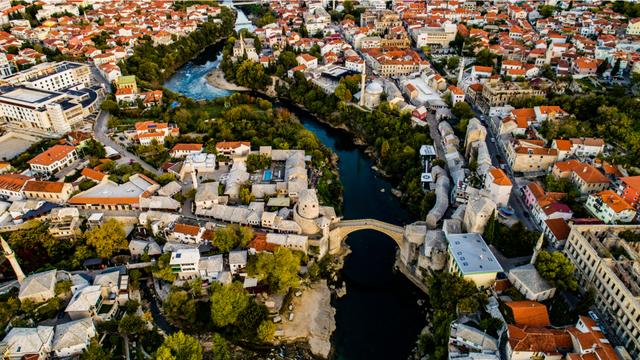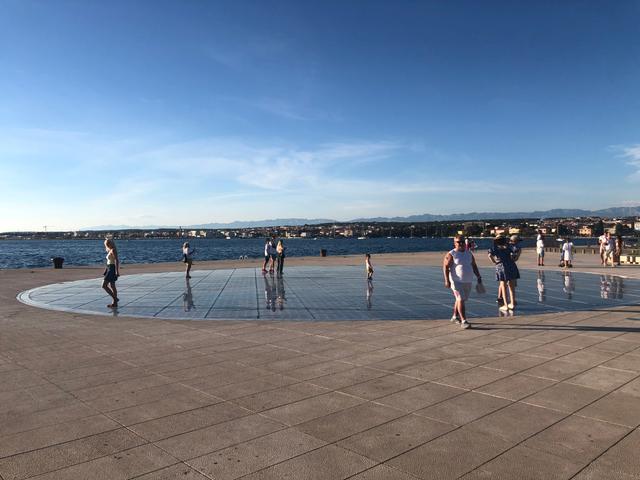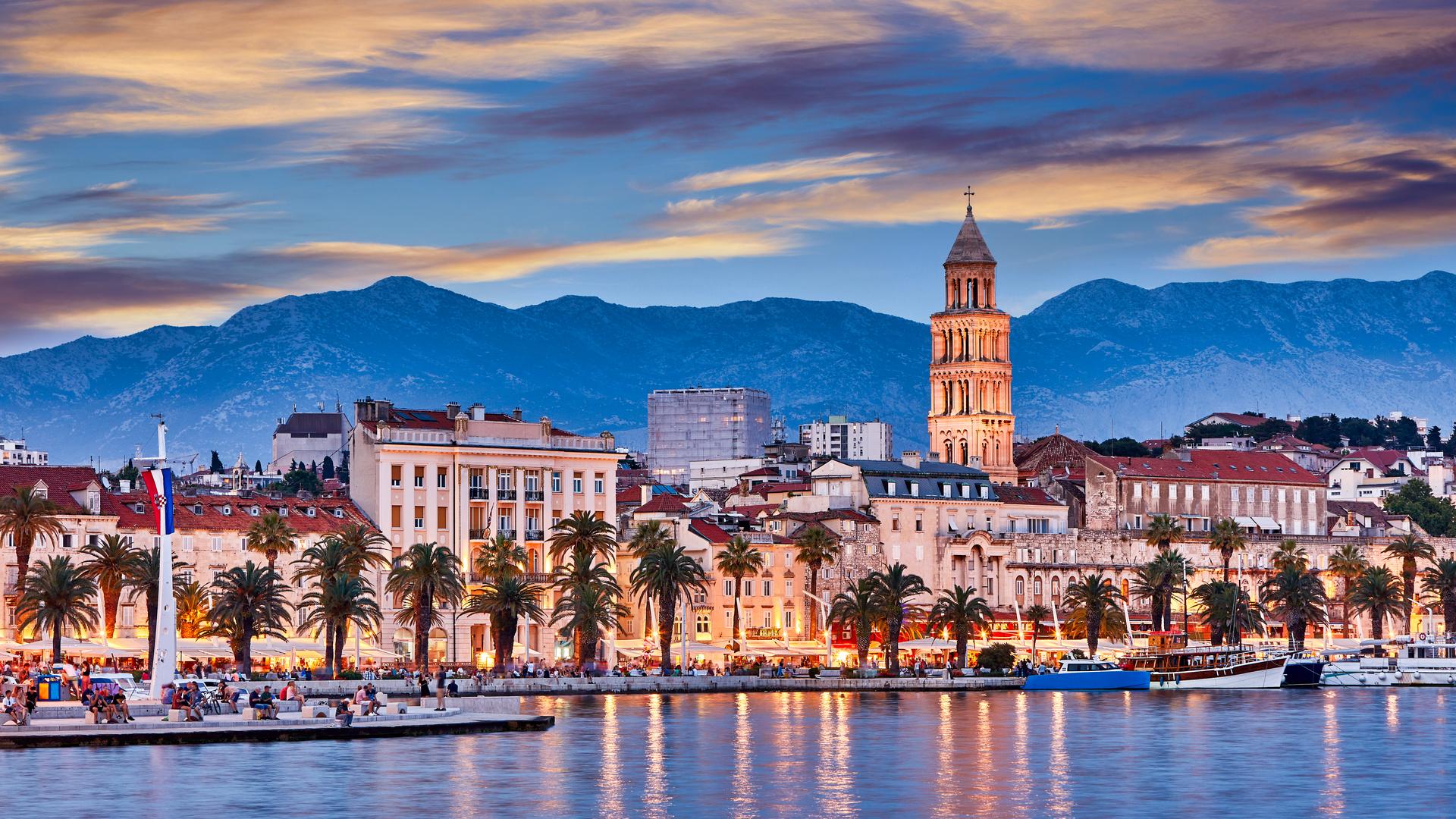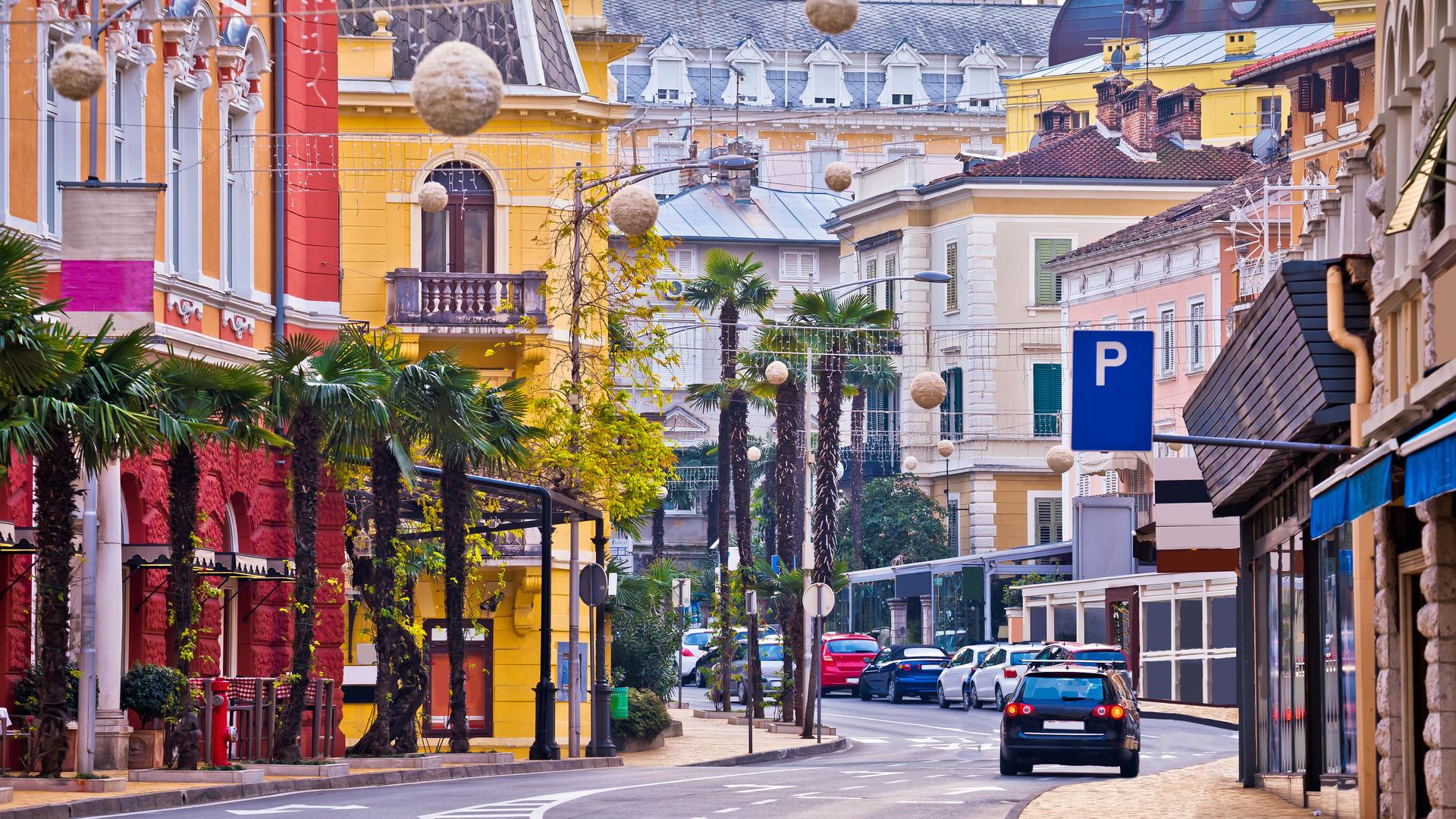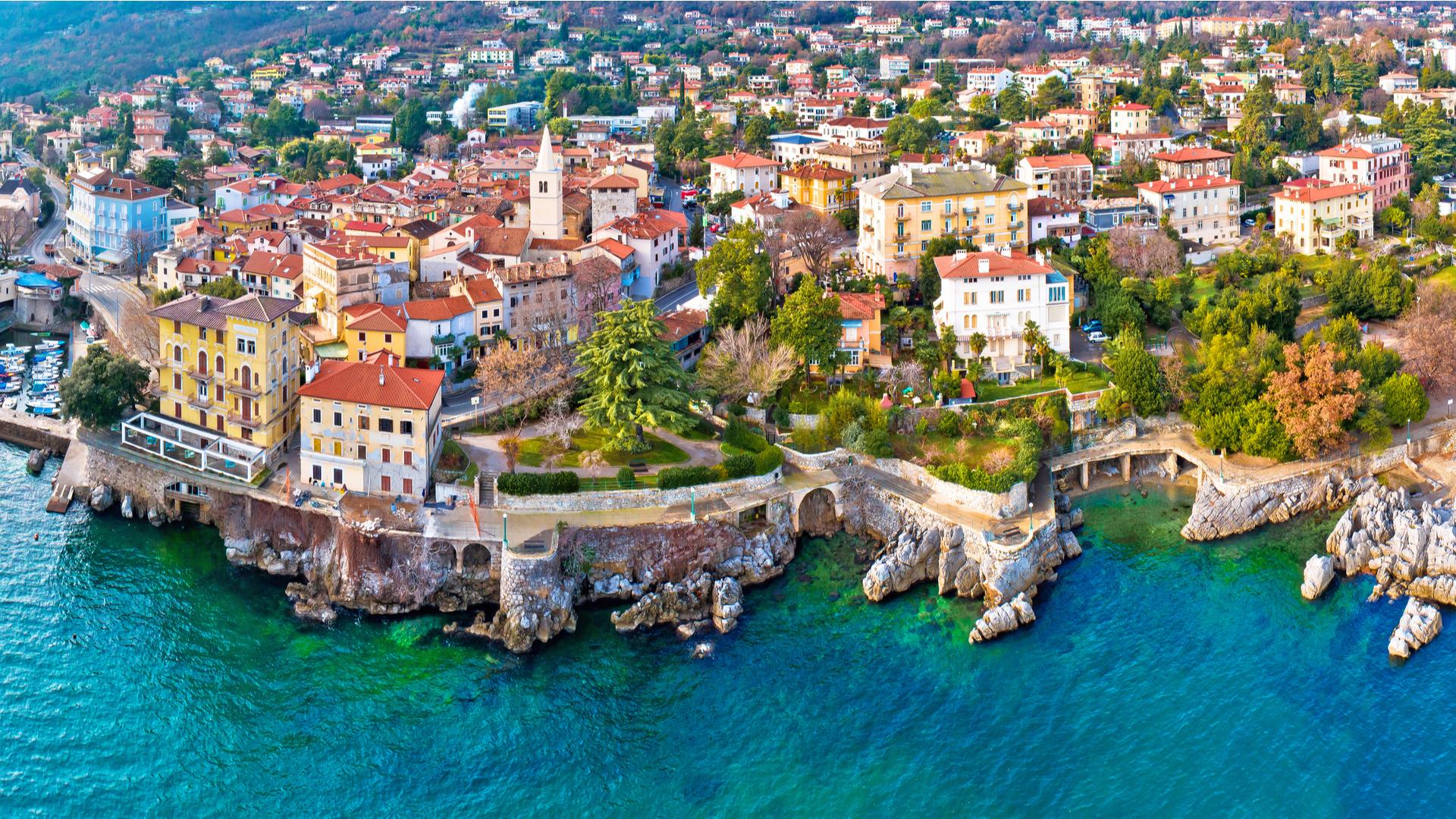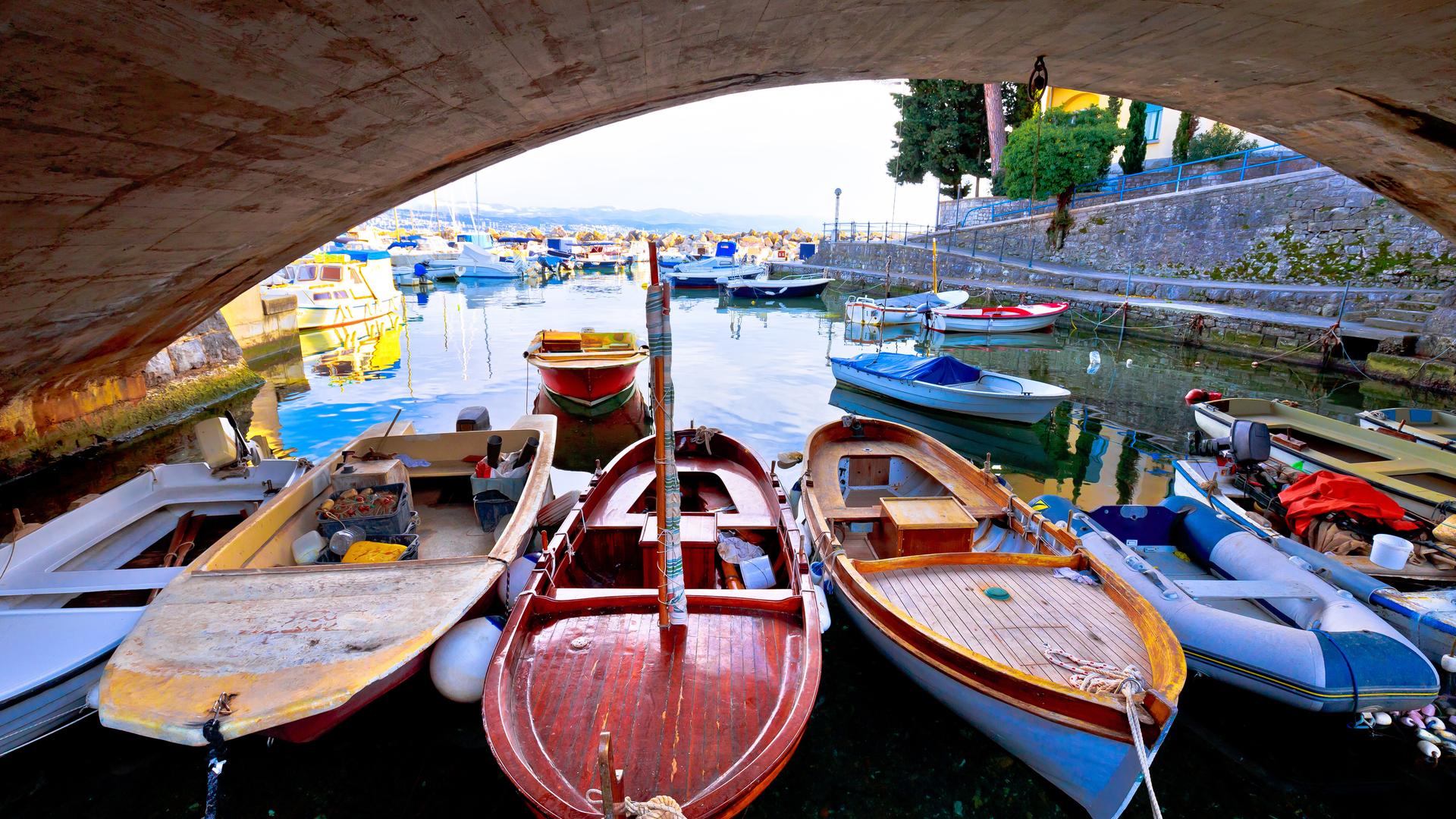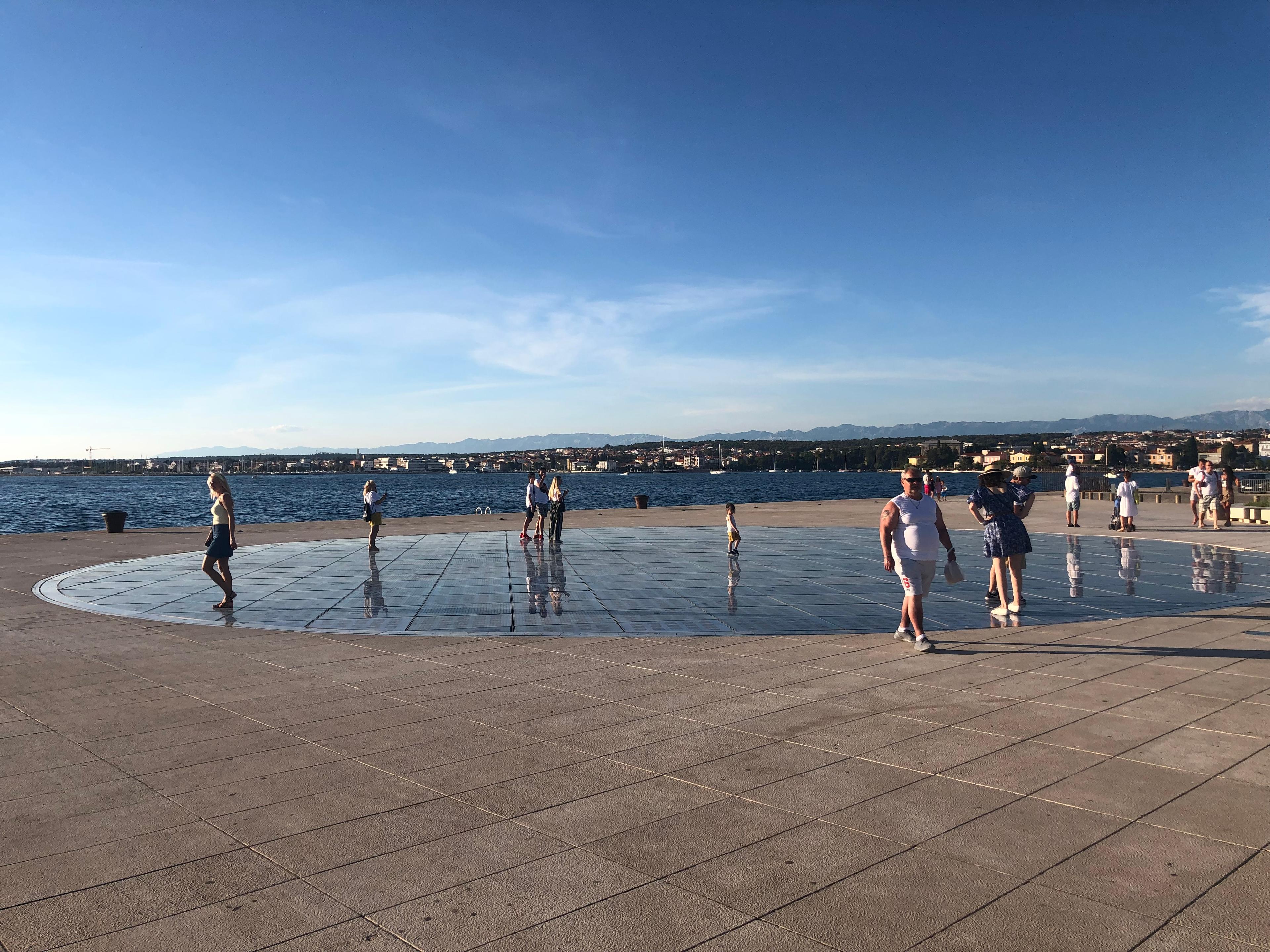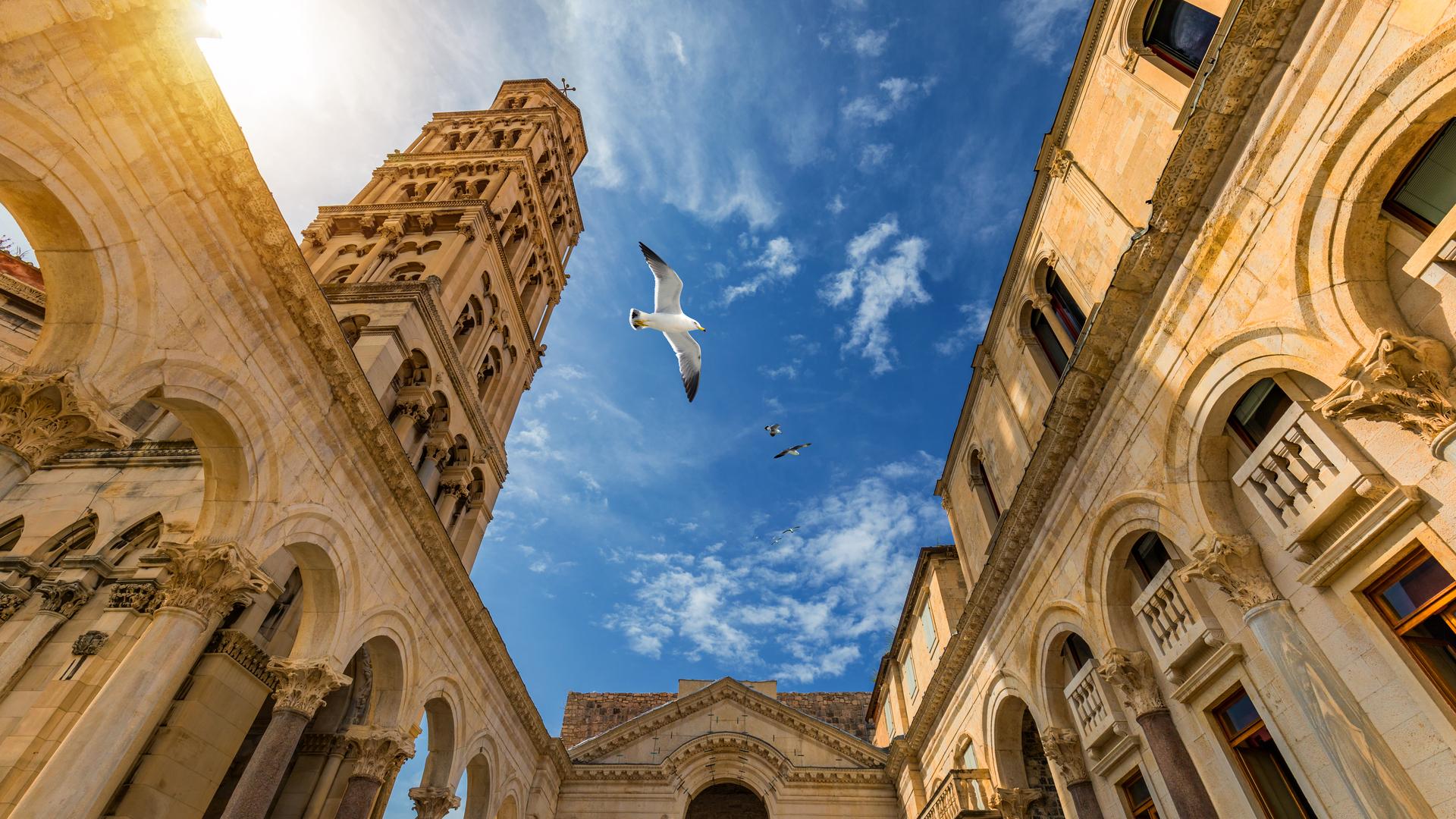Split - Zadar - Opatija
Similar popular transfers:
Private transfer from Split to Opatija via Zadar
The best way to go and visit the coastal town of Opatija is to book a private transfer from Split to Opatija via Zadar.
MaciTours is a Croatian transfer service which offers the best prices for a private transfer. MaciTours has at its disposal a fleet of luxurious and premium vehicles that will make your transfer as comfortable as possible.
Opatija is located some 400 km from Split and the duration of your transfer is around 4 h.
While travelling from Split to Opatija, you may want to visit Zadar, where you will have up to 3 hours of free time to see the city and explore its historic landmarks. Contact MaciTours for rates for this Split to Opatija via Zadar private transfer option.
The prices for a Split to Opatija private transfer start at 420 euros (the price is per vehicle, not per person).
How to get from Split to Opatija via Zadar?
Every summer You get asked How to get from Split to Opatija via Zadar. You need to come fast and easily in Opatija. Like we mentioned above, the fastest and easiest way to get from Split to Opatija via Zadar is to book a private transfer from Split to Opatija with MaciTours, Croatian transfer service. Private transfer between Split and Opatija via Zadar You can book easily in less then one minute using our booking form. After You have made a successful booking You don't need to worry about anything.
That is not the only way How You can get from Split to Opatija via Zadar. You can also take a bus which operates daily, average price is between 40-50 euro per person and it drives about 06h30min . Another option is to take taxi directly on the airport but that will be more expensive then private transfer and You don't know what You can except.
A few facts about Zadar
The city of Zadar is an ancient city, located in northern Dalmatia. This 3000 year old city is located on a peninsula, where the old city centre is situated.
The Old City has many famous sights to visit, such as the well-preserved remains of a Roman Forum, where tourists like to stroll and enjoy a fine summer day among ancient Roman ruins.
What to see in Zadar
On that square you will see the famous St. Donat's Church, one of the best preserved pre-Romanesque churches in the world and an iconic symbol of the city, where many concerts often take place during the summer. Also on the Forum is the Archaeological Museum. The collections of this museum cover the period from prehistoric times to the Middle Ages, testifying to the Zadar's rich history.
One of the main attractions for tourists visiting the city is the Sea Organ, a man-made organ on the Zadar Riva, which uses sea waves to create a musical soundscape. The experience is made even more memorable by the famous Zadar twilights, best observable from the Riva.
The city has a lot to offers when it comes to culture, but Zadar also has a lot of small bars which are close to each other in the narrow streets of the Old City. There are also many restaurants which offer excellent Croatian Mediterranean cuisine in the beautiful setting of the Old City.
The city is is one of the best destinations to visit, not only in Croatia, but in Europe as well, offering its visitors with an abudance of fine cuisine, iconic sights, cultural events and rich history that testifies to the citys turbulent history, from the bombings in World War II to destruction suffered in the Croatian War of Independence.
How to get around
The Zadar Airport operates as a commercial airport and during the summer seasons there are various tourist flights from several other European cities and Ryanair also operates low-budget flights from and to Zadar. The city is also connected by train and bus and the ferry company Jadrolinija offers daily ferries to Dubrovnik, Rijeka and near-by islands in the Zadar archipelago just opposite of the city.
From Zadar, you can take a private transfer with MaciTours to The Krka National Park and the Plitvice National Park and see its famous natural beauty and iconic waterfalls.
A few facts about Opatija
Opatija is a small coastal town in north-western Croatia and is a traditional seaside resort in the Kvarner Gulf, known for its Mediterranean climateand its historic buildings that are reminiscent of the Austrian Riviera.
Opatija is located 18 km (11 mi) northwest from Rijeka, about 90 km (56 mi) from Trieste by rail and 82 km (51 mi) from Pula by road.
All around, Opatija is surrounded by beautiful woods of bay laurel and the entire seacoast nort and south of the city is rocky and picturesque, with several smaller winter resorts on it.
The town is a popular both summer and winter resort which was home to several patrician villas in Roman times, connected to the nearby town of Castrum Laureana, modern-daytown of Lovran.
Western Istria was gradually conquered by the Republic of Venice by 1420, but the remaining territory up to Opatija fell to the House of Habsburg and was hence incorporated into the Austrian Empire.
Opatija's modern history began in 1844, when a wealthy merchant from Rijeka named Iginio Scarpa, had the Villa Angiolina manor built in an extended park, where he received many notable guests, including the famous Croatian Ban Josip Jelačić.
In 1873 the Austrian Southern Railway company opened the branch line from Pivka to Rijeka via nearby Matulji and thus opened the path for the development of tourism in Opatija.
In 1882, the railway company purchased the Villa Angiolina, where it accommodated the Habsburg crown princely couple Rudolf and Stéphanie.
Around the same time, Friedrich Julius Schüler, the Managing Director of the Southern Railways, began constructing the Hotel Quarnero (Kvarner Hotel) and the Hotel Kronprinzessin Stephanie (present-day Hotel Imperial), and also was responsible for the unique lungomare and parks in Opatija.
In 1887, Heinrich von Littrow established the first sailing club on the Adriatic coast,the "Union Yacht Club Quarnero, here in Opatija.
In 1889 the Austrio-Hungarian authorities declared Opatija the first climatic seaside resort on the Austrian Riviera.
At that time, the building of villas started, for the needs of more demanding noble guests.
Today, Opatija is best known as the venue for a 1912 chess tournament, devoted to the King's Gambit.
It is interesting to note that the Austrian emperor Franz Joseph I used to spend several months during the winter here in Opatija, where he met the German emperor Wilhelm II in 1894.
Many other crowned heads seeking relaxation visited Opatija, such asthe Empress Elisabeth of Austria and the German empress Augusta Victoria, Grand Duke William IV of Luxembourg King, Carol I of Romania and his consort Elisabeth, King George I of Greece, King Albert of Saxony, and Prince Nikola I Petrović-Njegoš of Montenegro.
In 1920 Opatija was given to Italy and soon, with the advent of Fascism, the Italian government started a program of forced italianization of the local populus, and most public positions were assigned only to Italian-speaking citizens.
In 1947 Opatija was given to Yugoslavia as part of the peace treaty with Italy and after the breakup of Yugoslavia in 1990s, the town became part of modern-day Croatia.
What to see while in Opatija
In the Park Svetog Jakova or Saint James's Park, there lies the old 14th-century Benedictine abbey, in Croatian called Opatija Sv. Jakova ("Abbey of Saint Jacob"), from which the town derives its name (opatija meaning "abbey" in Croatian), as well as Saint Jacob's church, built in 1506.
Opatija is known for the Maiden with the seagull, which is positioned on a promontory by the Juraj Šporer art pavilion since the 1950s and has turned into one of symbols of Opatija.
A gilded variant of the statue Madonna, but demolished by communists after the end of World War II, now stands in front of Saint Jacob's church.
Many species of plants from all over the world grow in the town park Angiolina, which is protected since 1968.
Near the park, opposite the Hotel Imperial, stands the statue The Fountain - Helios and Selena, a work of the Austrian sculptor Hans Rathautsky from 1889.
There is a 12 km-long promenade along the whole of the Opatija riviera, the Šetalište Carmen Sylve, named after Elisabeth of Wied, Queen consort of Romania.
Itinerary
08:00 - Pickup and departure from your accomodation in Split.
09:30 - Explore Zadar, sea organ, church of St. Donat.
12:30 - Our journey to Opatija from Zadar begins
14:00 - Stop for a lunch
16:00 - We arrive at your accomodation adress in Opatija.
Transfer includes
• Pick up in Split and drop off in Opatija via Zadar(or vice versa)
• Comfortable air-conditioned vehicle
• Professional knowledgeable English speaking driver
• All cost related to the vehicle -- gas, parking, highway tolls
• All costs related to the driver
• Available Wi-Fi in the vehicle
• 0.5l bottle of water per passenger

